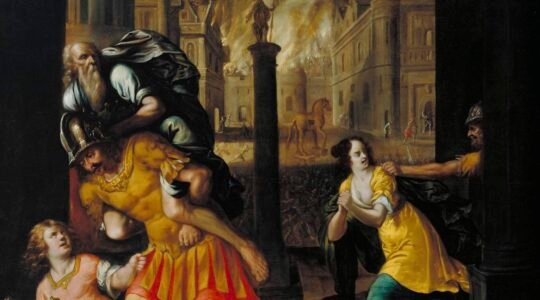The more familiar a story, the greater the challenge for a novelist. How do you convince readers to look out for more than they already know? Naomi Alderman‘s 3rd novel, The Liars’ Gospel, takes on this challenge: in 4 richly interior, interwoven narratives, Alderman reimagines the effect of Jesus’s—Yehoshuah’s—life and teaching on his Jewish friends, family, and their Roman-ruled society.
Rooted in primary texts—The Jewish War, the Talmud, and the Gospels themselves—the novel’s dramatis personae isn’t too surprising. We follow Mary (here known as Miryam), Judas (or Iehuda), and Caiaphas the High Priest of the Second Temple, all in the political aftermath of Yehoshuah’s crucifixion. But we also hear from an anonymous Jewish rebel, Bar-Avo, who has a serendipitous encounter with Yehoshuah just before Yehoshuah is put to death.
Admirable in its ability to bring a few ancient facts vividly to life, The Liars’ Gospel also puts forth a theory of storytelling: that the most powerful stories start with a lie. “Do not believe that an impartial observer exists,” Alderman warns, suggesting that the multiple “gospels” of her characters—each biased for their own reasons—are as close to the truth as this story is going to get.
JTA has documented Jewish history in real-time for over a century. Keep our journalism strong by joining us in supporting independent, award-winning reporting.





